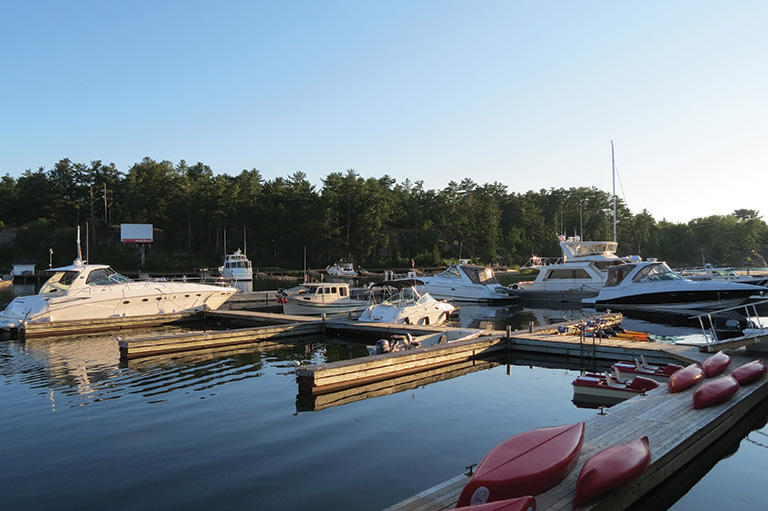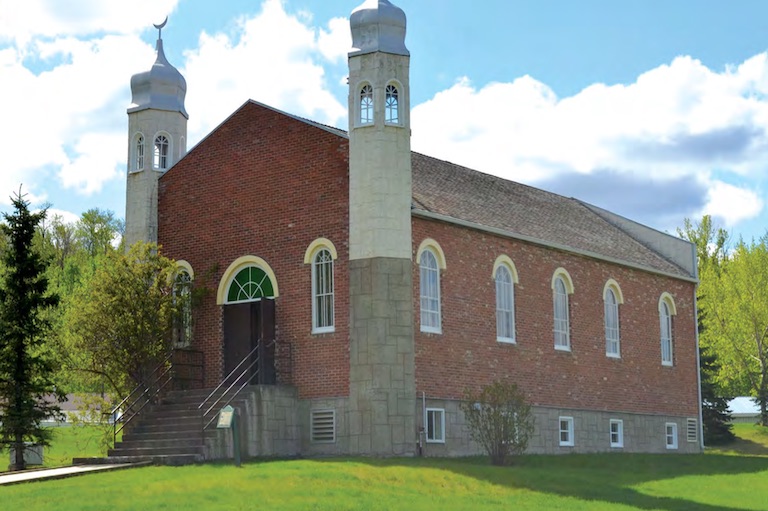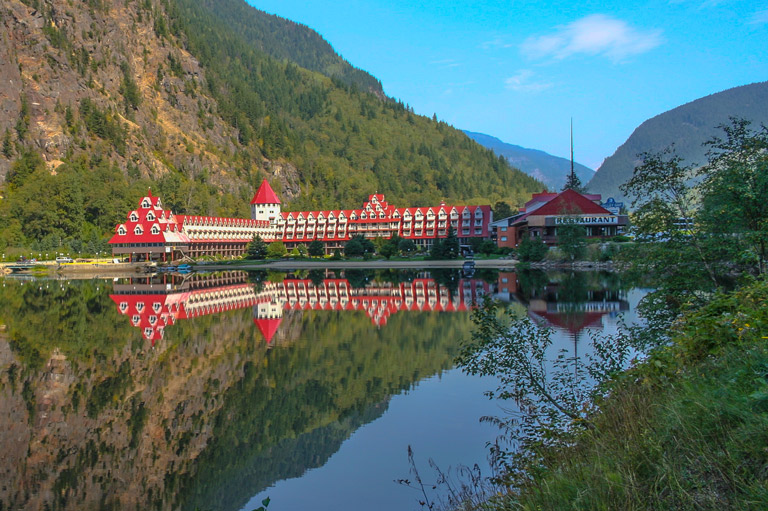Prairie landscapes
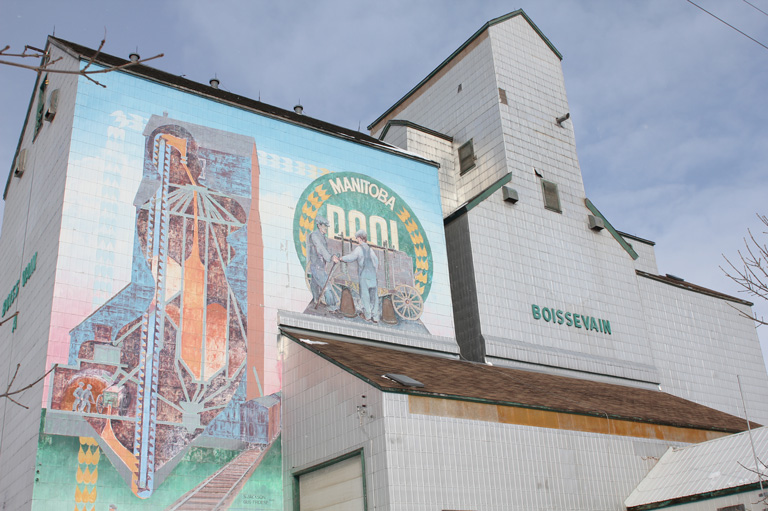
We left Winnipeg early on a long February weekend and headed for the Turtle Mountain region of southwestern Manitoba.
With our skis wedged along the passenger door, my wife, Jessie Klassen, our three year-old son, Jack, and I were looking to get out of the city for a few days during the long prairie winter.
Jessie had booked two nights at Room to Grow, a straw bale home on the farming property of David Neufeld and Maggie Andres.
Jessie spent a summer constructing a straw bale building in Haliburton, Ontario, (it’s still there in the downtown) and she has been dreaming of building our own straw bale home or cabin ever since.
By the time we arrived at the cabin, Neufeld was there to greet us, and a fire was already warming the home from its winter slumber.
As we settled in for our first night, one of the first things I noticed was a stack of beige brochures for the local Turtle Mountain– Souris Plains Heritage Association.
Underneath were several copies of Vantage Points, a publication of local history accounts of the area, and a guide map of historical sites in the community — a promising sign for the history lover.
In the morning we set out to explore the farm grounds. It was a perfect day in February, cool with a bright warm sun and the slightest hint of spring, the first such offering of the year.
We were immediately joined by Jupiter and Calvin, two beautiful farm dogs who, with our son Jack, led us on a hike around the farming property that had been worked for nearly a century.
After lunch we drove into Boissevain, the nearest regional centre.
The farming community’s history is depicted on murals throughout the downtown, including the story of Adolphus Boissevain, the Dutch banker who helped fund the development of the Canadian Pacific Railway and for whom the town is named.
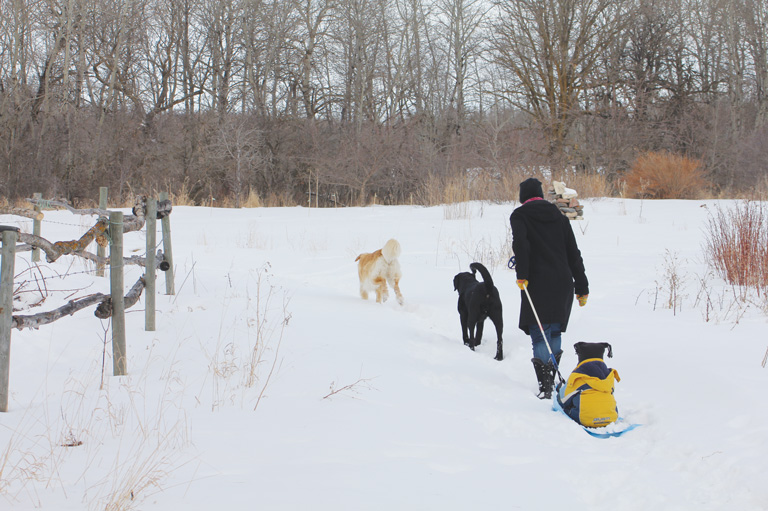
From Boissevain we made the short drive south to the International Peace Garden. More than fifty thousand people attended the dedication of the gardens in 1932 to mark the long-standing peace and friendship between Canada and the United States.
While it was out of season for the spectacular flower gardens, we still stopped inside the recently constructed interpretive centre. We had just walked into a large arboretum full of cacti when we were greeted by the friendly cook from the cafeteria.
We were probably his only visitors of the day, but he assured us that throughout the summer the site would buzz with activity, including on Mother’s Day, which would see more than three hundred visitors for brunch.
Our last stop of the day was at Turtle Mountain Provincial Park, which was bustling with local families enjoying the warm winter day. Jack and I headed for the toboggan hill, while groups of old friends reunited to roast hot dogs and marshmallows.
That night, beside our own warm fire, I flipped through our copy of Vantage Points.
The rich history of Turtle Mountain stretches back ten thousand years from the early First Nations hunting groups and Pierre de La Vérendrye — the first European to explore the area — all the way through to the fur trade and the development of agriculture on the prairies. I noticed on the last page that Neufeld, our host for the weekend, had written the afterword.
The next morning Neufeld came in to see us off, and I asked him about the local history society. He graciously sat down with us for a half hour to tell us more about the history of the area and of the farm.
After working in South Africa under apartheid rule for eight years with the Mennonite Central Committee, Neufeld had returned to Canada with a new appreciation for the ability of history both to harm and to heal.
“When we came back in the early nineties, I needed to be involved in some way,” he told us.
Together with local historian James Ritchie, he helped found the local history society that today hosts historical bus tours throughout the summer and creates geocaches comprised of historical postcards with photos and stories throughout the area, to be discovered by intrepid travellers.
“We were surprised at how open, in particular the retired generation, are to opening up the discussion. They just didn’t know what was going on at all. We didn’t teach our kids anything about First Nations history here,” Neufeld said.
The historical association now runs regular bus tours throughout the summer exploring the multiple layers of history in the area, including First Nations, Métis, and settler stories.
“Let’s try to look at the positives of all the cultures that love the prairies, love this landscape, have made a living here, and want to make a living here in the future,” Neufeld said. “Perhaps there is value in our talking to each other and learning from each other.”
Shortly after we finished our lunch, we started our drive home to Winnipeg with a new appreciation for the rich history of southwestern Manitoba and a new destination to which we will be sure to return in the years ahead.
Themes associated with this article
Advertisement

